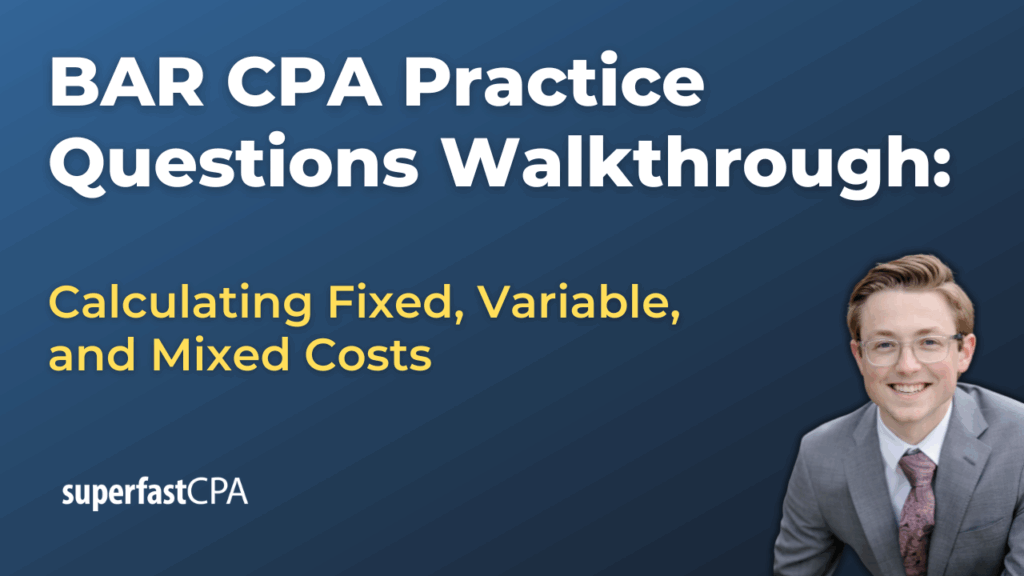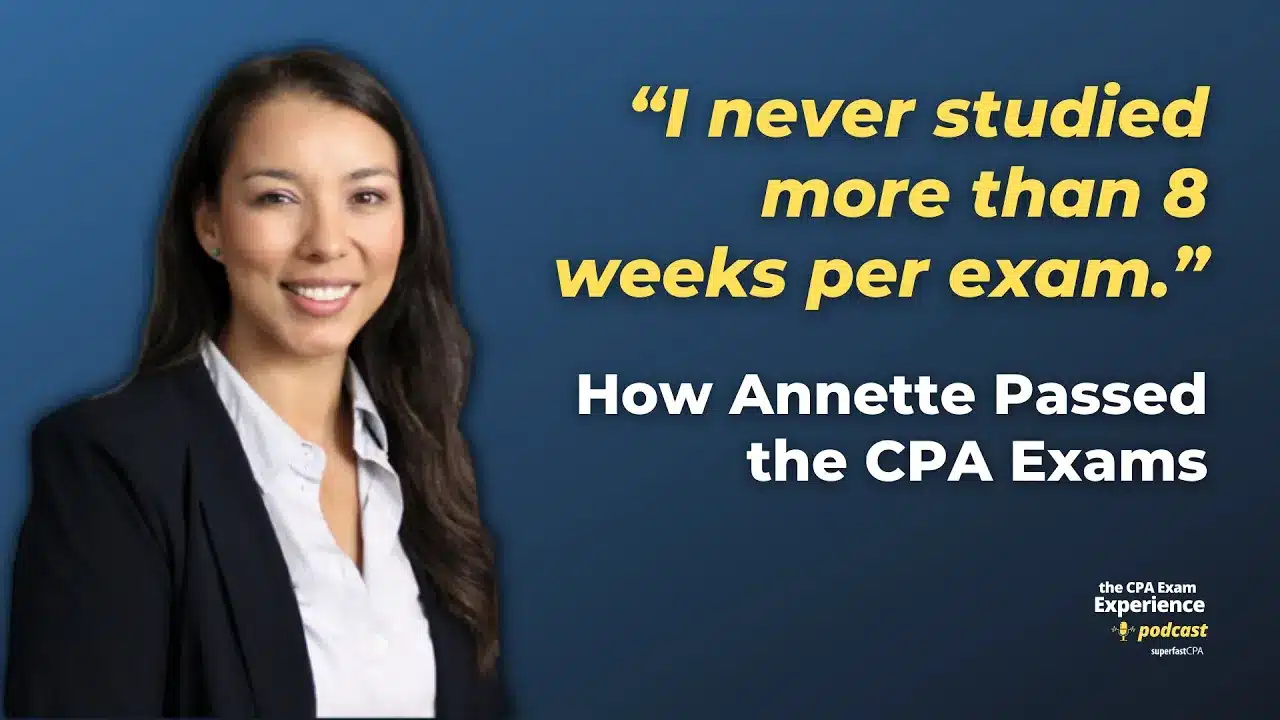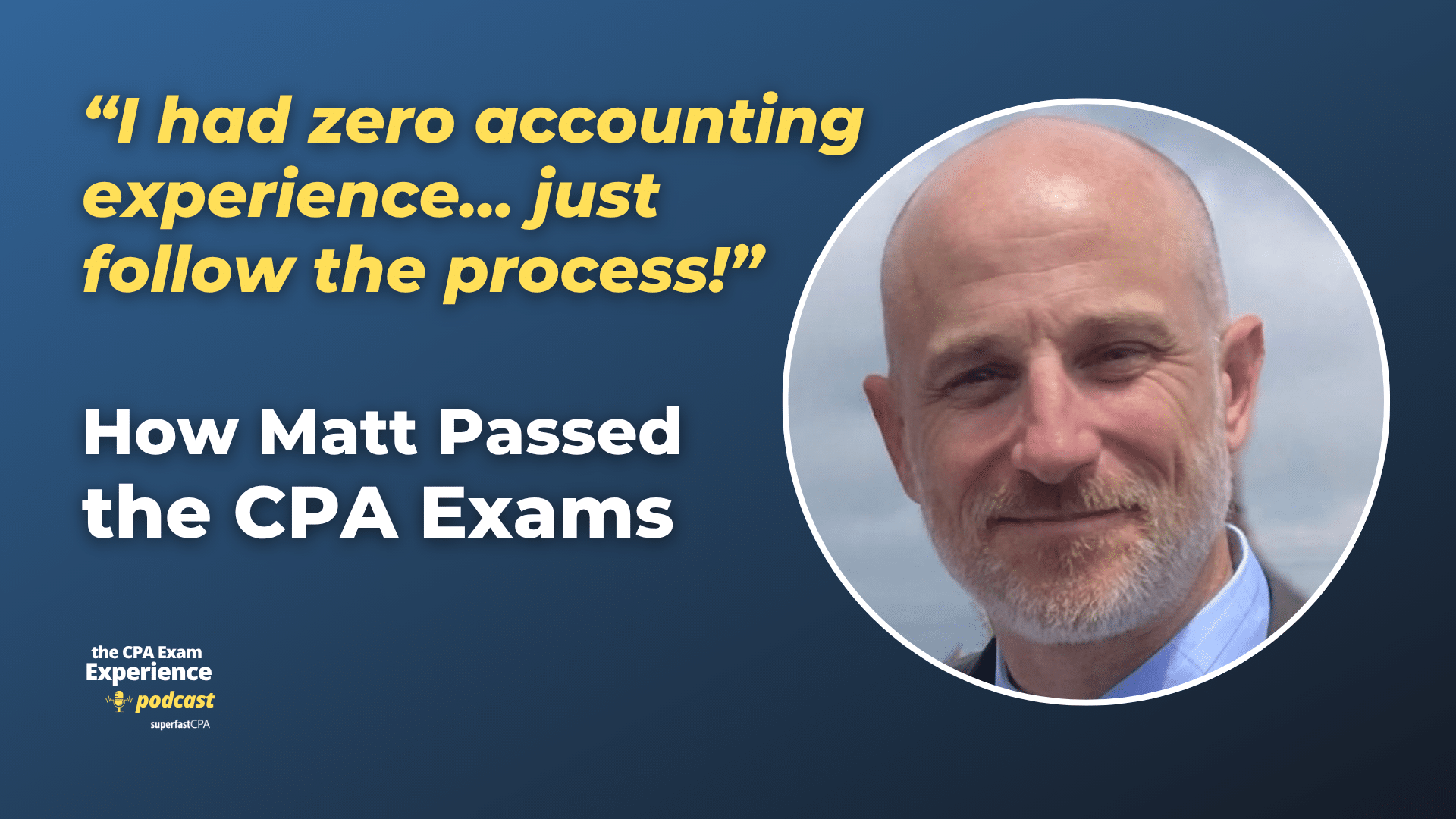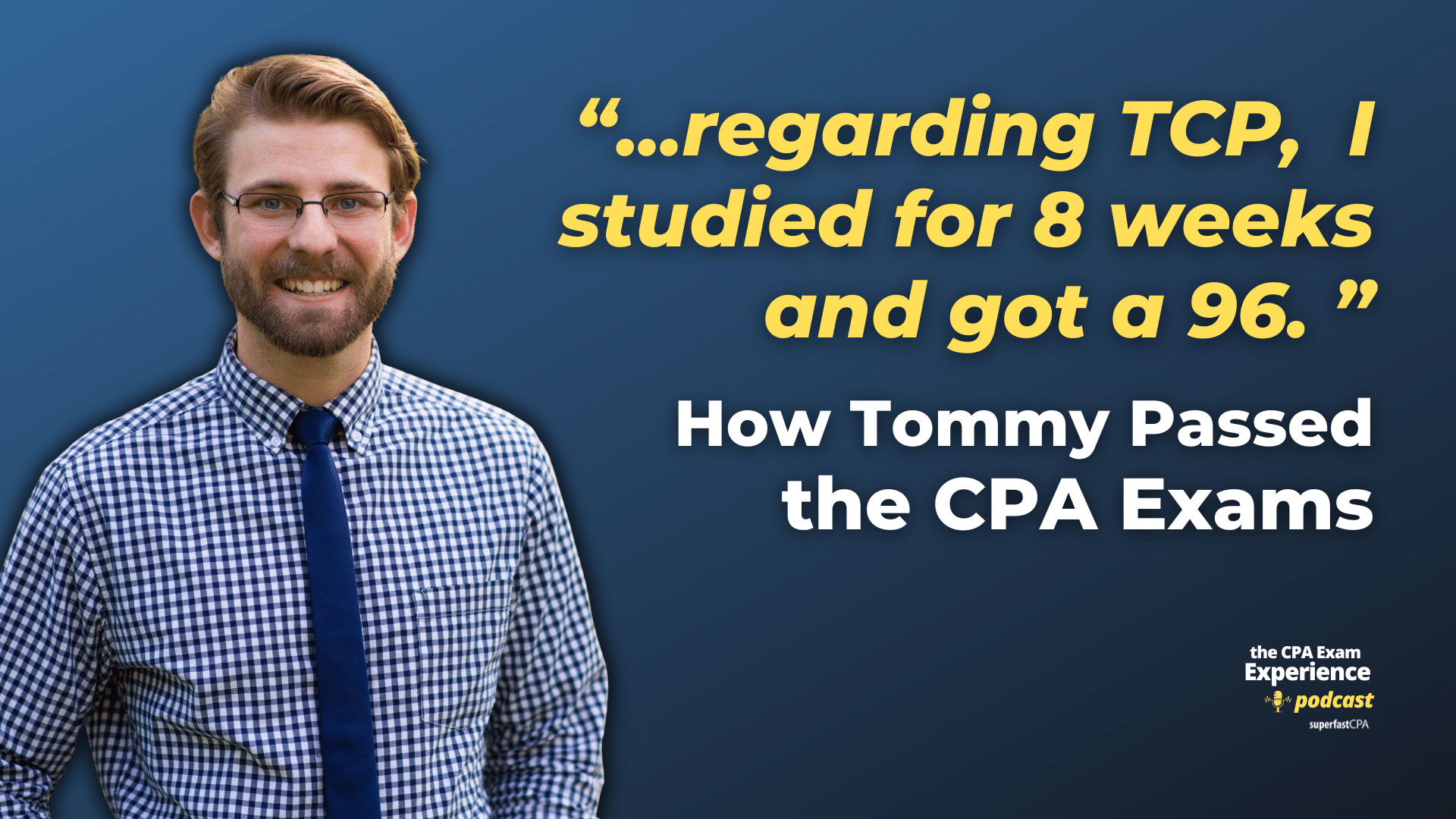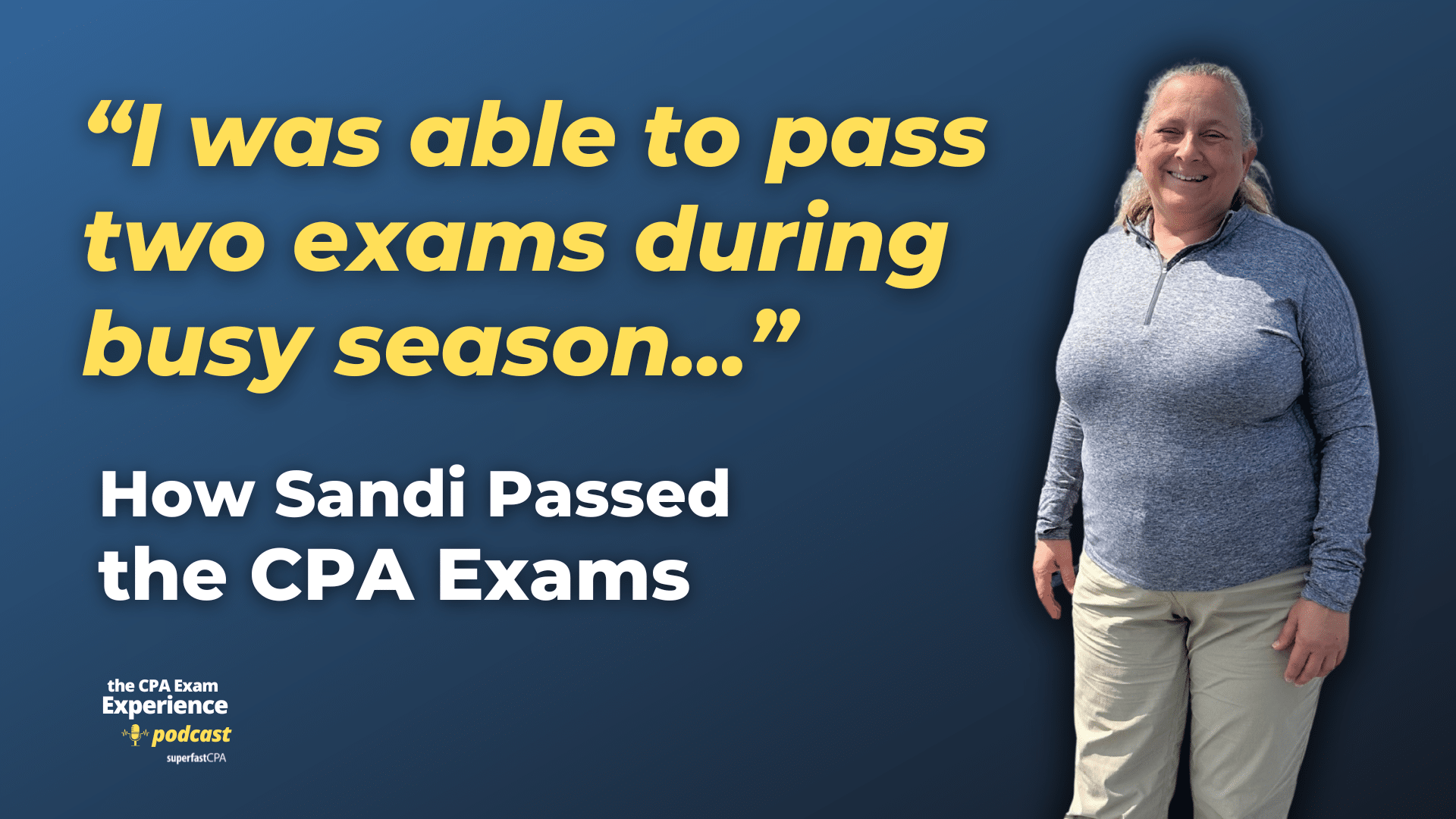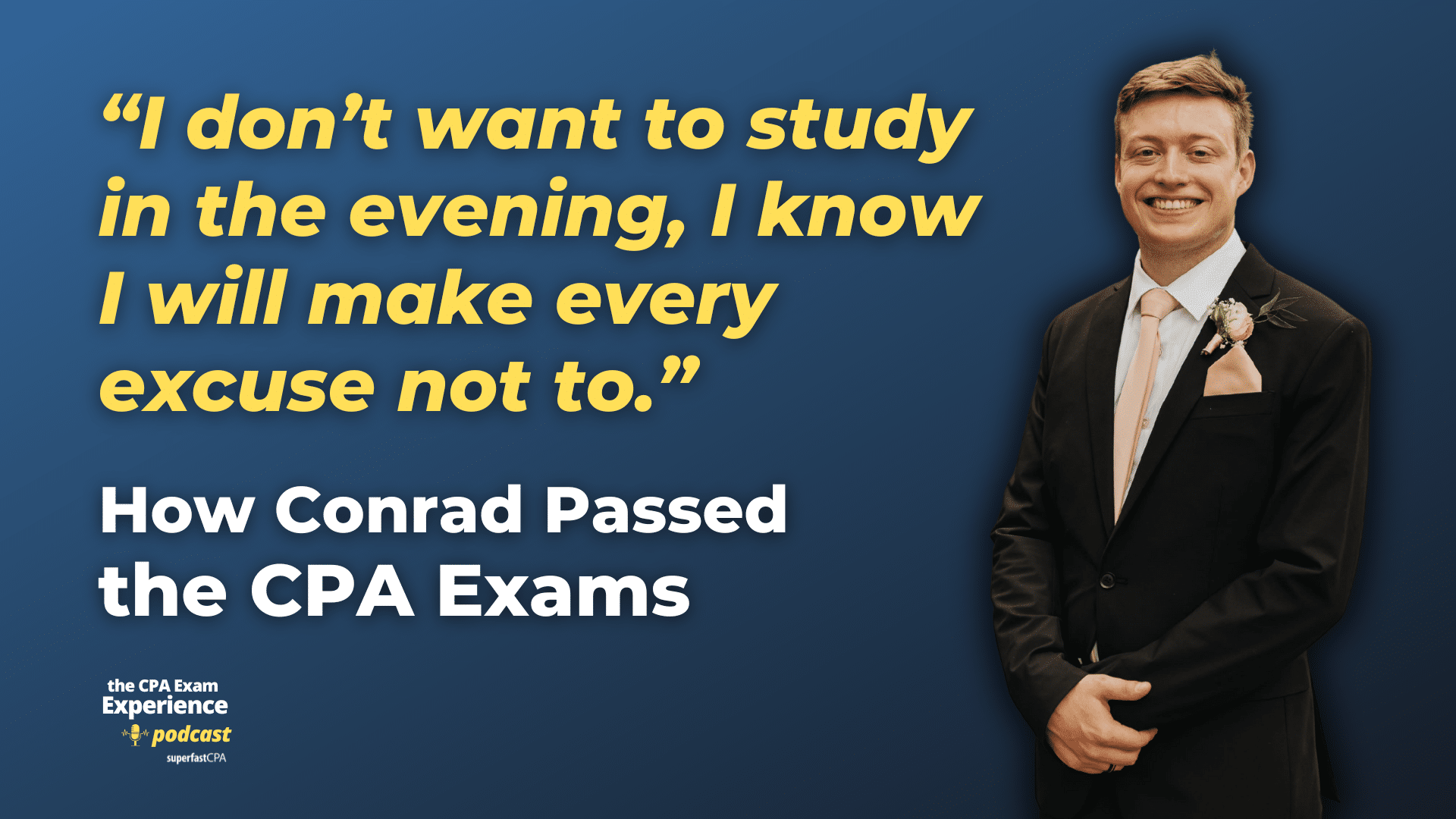In this video, we walk through 5 BAR practice questions teaching about calculating fixed, variable, and mixed costs. These questions are from BAR content area 1 on the AICPA CPA exam blueprints: Business Analysis
The best way to use this video is to pause each time we get to a new question in the video, and then make your own attempt at the question before watching us go through it.
Also be sure to watch one of our free webinars on the 6 “key ingredients” to an extremely effective & efficient CPA study process here…
Calculating Fixed, Variable, and Mixed Costs
A fundamental ability for the BAR CPA exam is to calculate and distinguish among fixed, variable, and mixed costs. These concepts are essential in cost accounting and form the basis for managerial decision-making, forecasting, and budgeting. The ability to analyze how costs behave in response to changes in activity levels is a skill that is highly tested and widely applicable in real-world settings.
Fixed Costs: Constant in Total, Variable per Unit
Fixed costs are expenses that remain constant in total, regardless of changes in production or activity levels, within the relevant range. However, the fixed cost per unit will decrease as output increases, since the same total cost is distributed over more units. Conversely, if production decreases, the per-unit fixed cost increases.
Common examples of fixed costs include:
- Rent or lease payments
- Insurance premiums
- Depreciation using the straight-line method
For example, if a manufacturing facility pays $12,000 annually in rent, that cost remains unchanged whether it produces 1,000 units or 10,000 units. However, the rent cost per unit would decrease from $12 per unit at 1,000 units to $1.20 per unit at 10,000 units.
Variable Costs: Change in Total, Constant per Unit
Variable costs vary in total in direct proportion to changes in the activity level or cost driver. However, the variable cost per unit remains constant, regardless of output.
Examples of variable costs include:
- Direct materials
- Direct labor (if paid hourly and tied to output)
- Shipping costs based on units sold
Suppose each product requires $4 in materials and $6 in direct labor. If a company produces 1,000 units, the total variable cost would be $10,000. Producing 2,000 units would double the total variable cost to $20,000. However, the variable cost per unit remains fixed at $10 per unit.
Cost Drivers: The Source of Cost Changes
A cost driver is an activity or factor that causes a cost to change. Identifying the appropriate cost driver is essential for accurately classifying and predicting costs. Common cost drivers include units produced, machine hours, labor hours, and miles driven.
For instance, machine hours may drive maintenance costs, while labor hours could be the appropriate cost driver for supervisory salaries in certain settings.
Mixed Costs: Contain Both Fixed and Variable Elements
Mixed costs, also known as semi-variable costs, have both a fixed component and a variable component. The fixed component remains unchanged regardless of activity, while the variable component increases with the cost driver.
Examples of mixed costs include:
- Utility bills (base charge plus usage-based charges)
- Sales staff compensation (base salary plus commission)
- Equipment maintenance contracts (flat fee plus hourly rate)
For example, consider a utility cost formula:
Total utility cost = $1,800 + $2.25 × machine hours
If 4,000 machine hours are used, the total cost would be calculated as:
$1,800 + (4,000 × $2.25) = $10,800
In this scenario, $1,800 represents the fixed portion, and $9,000 represents the variable portion based on activity.
Cost Behavior Equations
Cost equations are frequently used to express mixed costs. The standard form is:
Total cost = Fixed cost + (Variable rate × Activity level)
For example, a company might estimate its monthly shipping cost using the equation:
Total shipping cost = $2,500 + $4.50 × units shipped
In this equation, $2,500 is the fixed component, $4.50 is the variable cost per unit, and the number of units shipped is the cost driver.
Computational Example
To illustrate how cost components are determined, consider the following:
A company incurs $14,000 in maintenance costs for 4,000 machine hours and $18,000 for 6,000 machine hours. To calculate the fixed portion of the cost:
- Compute the change in cost: $18,000 – $14,000 = $4,000
- Compute the change in activity: 6,000 – 4,000 = 2,000 hours
- Variable cost per hour = $4,000 ÷ 2,000 = $2.00
- Fixed cost = $14,000 – (4,000 × $2.00) = $6,000
This type of reverse analysis, often called the high-low method, is frequently tested on the CPA exam and serves as a practical tool for separating fixed and variable components in real-world scenarios.
Summary of Key Principles
To reinforce these concepts, consider the following core principles:
- Variable costs change in total with the cost driver but remain constant per unit.
- Fixed costs remain constant in total within the relevant range but decrease per unit as output increases.
- Mixed costs consist of both fixed and variable elements and must be analyzed accordingly.
- A cost driver is an activity that directly influences cost behavior and must be identified to allocate costs accurately.
Conclusion
A clear understanding of fixed, variable, and mixed costs is essential for success on the CPA exam and for effective financial analysis in professional practice. These classifications provide the foundation for many advanced managerial accounting decisions, including budgeting, cost control, and break-even analysis. Candidates who can identify, classify, and calculate these costs accurately will be better prepared to answer exam questions and contribute meaningfully in business environments.

